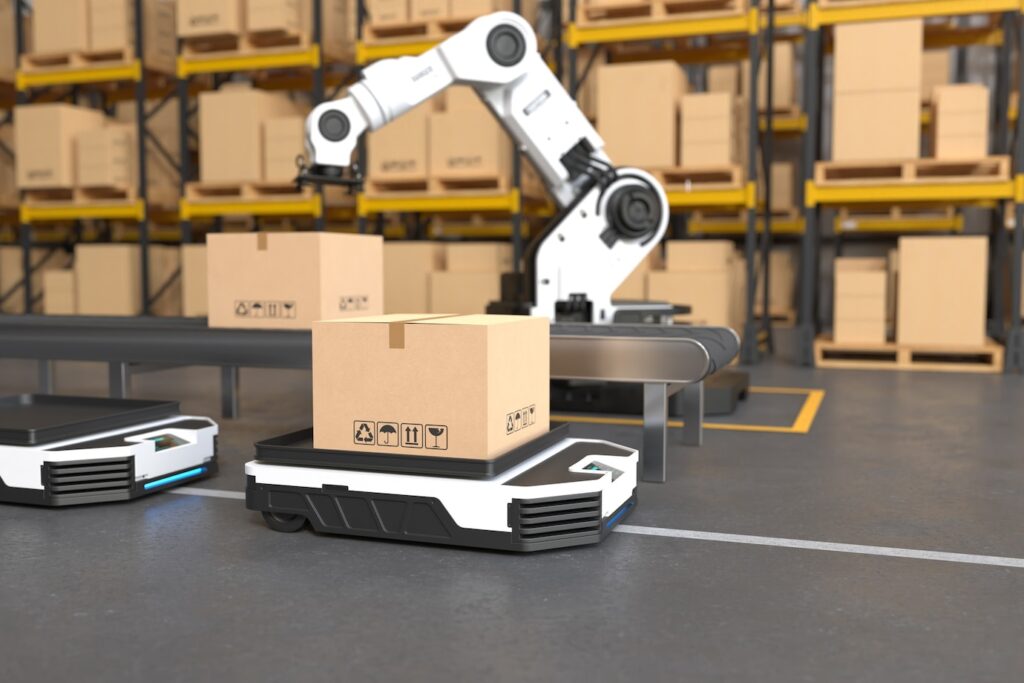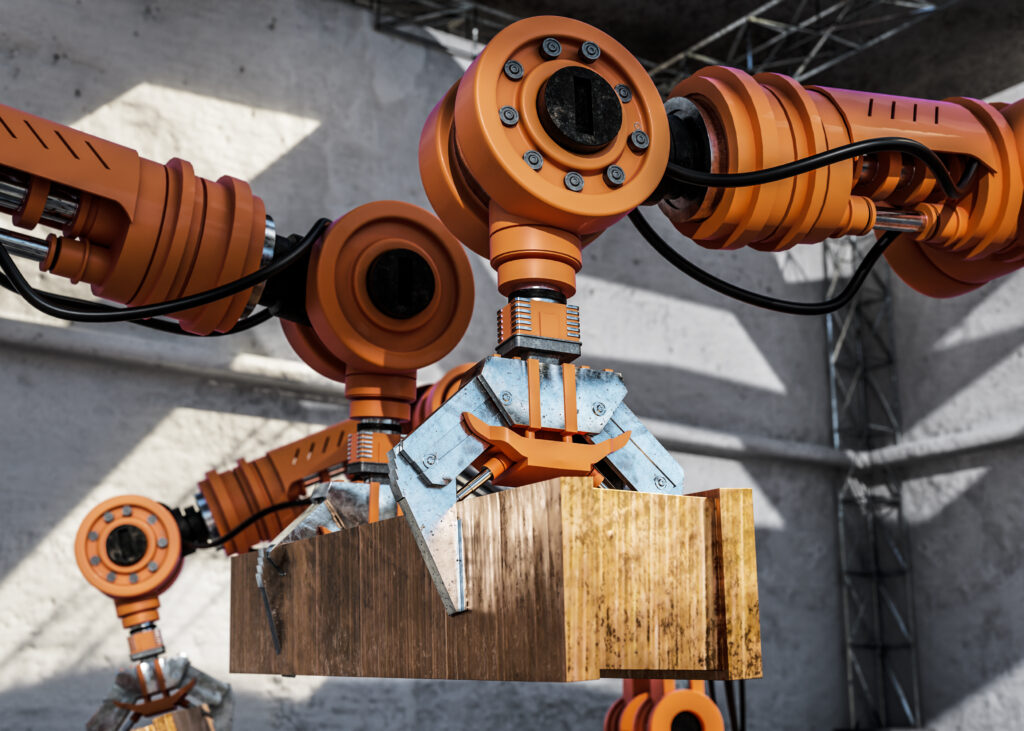Automobile

The Indian automobile industry has traditionally been an excellent indicator of how the economy is performing because the auto industry is an integral part of the expansion of macroeconomics and technological development. The two-wheelers sector dominates the market by volume, due to the growth of the middle class and an enormous proportion of the population in India is young. Additionally, the increasing desire of businesses to explore the markets in the rural regions has further contributed to the expansion of the industry. The growing transport and logistics industries have increased the demand for commercial automobiles. The future growth of the market is expected to be driven by the emergence of emerging trends, such as the electrification of automobiles including three-wheelers, and smaller passenger cars.
India has a prominent position in the world heavy vehicle market, as it is the world’s largest tractor manufacturer, the second-largest bus maker, and the third-largest heavy truck maker globally. India’s annual production of cars during FY22 stood at 22.93 million cars.
Significance Of The Automobile Industry In Economic Growth
The automobile industry has been a major driver of economic growth in many countries around the world. In some cases, car manufacturing and assembly is the single largest employer in a given country. It’s no wonder then that policymakers and business leaders are increasingly looking to the automotive industry as a means of promoting sustained economic growth.
Here are key reasons why the automotive industry is so important:
- Automobile production provides high-quality jobs for thousands of workers throughout the supply chain.
- The automotive sector contributes significantly to exports and GDP growth across several economies worldwide.
- Automotive products command high prices due to tight global supplies and intense competition from foreign manufacturers. This encourages consumers to buy more goods overall, which helps stimulate domestic demand and bolster national economies.
- The technological advances made in vehicle manufacturing have revolutionized transportation over time, making it easier for people to get around town or travel long distances on their way to work or school. These innovations have also helped make driving safer than ever before, contributing further towards increased consumer spending on vehicles.
How Does The Automotive Industry Work?
The automotive industry is a complex and highly competitive market. Manufacturers must constantly innovate to stay ahead of the competition, while simultaneously managing costs and maintaining quality standards. It can be difficult to understand how the automotive industry works without first understanding its history.
Before cars could be mass-produced, they had to undergo a number of stages: prototype development, engineering design, production planning and execution, marketing management/distribution/sales & aftermarket support., etc. The process of designing and manufacturing car models often involves numerous phases in order to achieve optimal results for both the customer and company alike.
Lift and Elevators

The lift and elevator industry is growing at a rapid pace, as more people become aware of the benefits that they can enjoy from using them. Not only do lifts make it easier for people to get around, but they also reduce stress levels and make work environments more comfortable. In addition, lifts have many other applications outside of the workplace – such as in hospitals, shopping malls, and churches.
There are several types of lifts available on the market today, each with its own specific features and advantages. It’s important to select the type of lift that will best suit your needs – whether you’re looking for a simple manual system or something more advanced like an electric motor-driven lift. And be sure to choose one that is reliable – nothing ruins a day faster than having to wait forever for your lift!
What Is The Industry Contribution Of Lift And Elevators?
Lifts and elevators play an important role in the overall industry, both commercial and residential. In fact, they are often seen as essential components of any facility or building. Lifts allow people with disabilities access to different parts of a building, while elevators provide easier mobility between floors. Elevators also help reduce congestion on busy streets or sidewalks by transporting people quickly between different levels of a structure.
Many companies today manufacture lifts and elevators for both commercial and residential use. Industries that commonly benefit from this technology include healthcare, education, retail stores, hotels/resorts/casinos, etc.
Types Of Lift And Elevators
There are a few different types of lifts and elevators, each with its own benefits and drawbacks.
- conveyor belt lifts: Conveyor belt lifts are the most common type of lift, and they’re typically the least expensive option. They’re easy to operate, but they can be slow in terms of movement speed.
hydraulic or motorized chain drives: These types of lifts use either hydraulic or electric motors to move the platform up and down. They tend to be faster than conveyor belts, but they can also be more expensive due to their advanced technology.
vertical lifters: Vertical lifters are used for loading and unloading large items into trucks or other vehicles from high ceilings (above 10 feet). They’re usually more expensive than other types of lift systems, but their portability makes them an ideal choice for businesses that need to move large quantities frequently.”
Manufacturing Processes Of Lift And Elevators
The manufacturing processes of lifts and elevators involve a series of operations that are necessary to create the end product. These operations can include design, construction, quality control, and installation.
Design
During the design phase, engineers determine which type of elevator system will be best for a particular application. This includes factors such as weight capacity, speed requirements, and range limitations.
Construction
Construction is the process of building an elevator system from scratch or modifying an existing one. This involves assembling all the components required to make up the lift system (elevator carriages, drive systems, power sources, etc.), as well as ensuring that they meet safety standards stipulated by law or regulation. Quality control: After construction is complete, it’s important to ensure that all aspects of the finished product function correctly in order to maintain customer satisfaction. This includes testing each component during the manufacturing and commissioning phases to verify conformance with specifications

